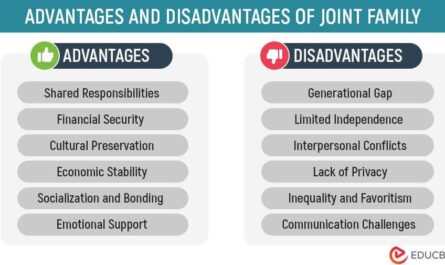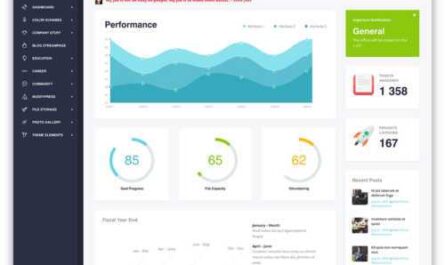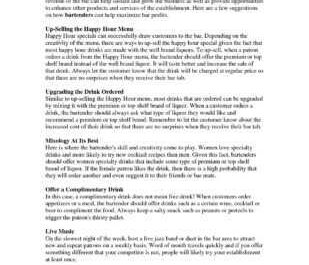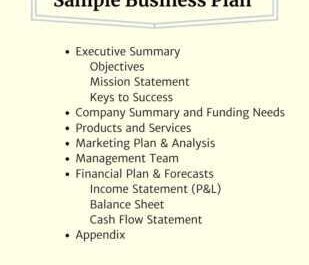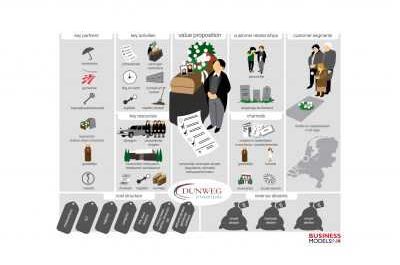If you are self-employed and a parent, you are entitled to a number of additional tax deductions and other benefits. Most of the benefits come from income tax deductions and tax credits. Deductible expenses include healthcare, child care and education. As a parent, you may also qualify for special benefits. With that in mind, the following expenses can reduce your annual tax liability.
Key Findings
- The Child and Dependent Care Tax Credit allows you to deduct up to $1,050 in child care expenses ($2,100 for two or more children) each year the child qualifies.
- Families can deduct most health care expenses of more than 7.5% of their adjusted gross income (AGI).
- Some deductions for education expenses can be claimed retroactively for previous tax years starting in 2018.
- Parents who are self-employed can employ their children and pay them a small, tax-free salary.
Tax Credits for Children/Dependents
Child Tax Credit and Other Dependent Care Credit
There are an estimated 16 million self-employed workers in the United States. these deductions could impact millions of households. See which ones apply to you.
You can claim a child tax credit of $2,000 for each child under age 17 and $500 for children 17 and older or other dependents. To qualify for the full credit, your modified adjusted gross income (MAGI) must be $200,000 or less if you're filing a single return, or $400,000 if you're married filing a joint return. The maximum refundable portion of the credit in 2022 will be $1,500, which will increase to $1,600 in 2023.
Child care benefits
Paying for daycare, babysitting, or even summer camp for your child can be much cheaper when you factor in tax benefits. Taxpayers with a child under 13 years of age or a disabled dependent of any age are entitled to a non-refundable tax credit in the amount of:
- Up to 35% of $3,000 in qualifying expenses (for a maximum benefit of $1,050) per dependent, or
- Up to 35% of $6,000 in qualifying expenses (maximum benefit amount is $2,100) for two or more dependents.
This tax credit is intended for both working and self-employed parents and guardians who earn regular income. It can also be used by individuals and couples who have been unemployed for some time. To qualify, all of the following conditions must be met:
- You must have income in the previous tax year (both your spouse and you if you are filing jointly).
- You must be the child's (or dependent's) parent or guardian.
- You must either work and earn an income or be actively looking for work.
- Your child or dependent must be under 13 years of age unless they have a physical or mental disability that prevents them from caring for themselves.
- The child care provider(s) must not be your dependent or spouse, nor the child's parent.
The IRS has a wide range of expenses that it considers related to child care that are not limited to child care and nanny. The full list of potentially eligible expenses includes the following:
- Nanny or licensed daycare
- A maid, housekeeper or cook who cares for a child or dependent
- Summer camps, day camps and even sports camps may qualify if they care for a child or dependent while parents work. Overnight camps are not included and do not qualify.
- Childcare for children under 13 before and after school
- A nurse or other person caring for disabled children or dependents.
Medical expenses
Effective January 1, 2020, all qualified health care expenses exceeding 7.5% of your AGI, including premiums, are tax-deductible. This applies to unreimbursed medical expenses and does not apply to cosmetic procedures.
Qualified health care expenses applicable to children and their parents are as follows:
- Prevention, diagnosis and treatment of mental and physical diseases.
- Surgery and body modification are strictly for health purposes (not cosmetic).
- Transport to a healthcare provider
- Health insurance premiums
- Prescribed medications
The IRS reversed its previous decision and lowered the minimum AGI for medical expense deductions from 10% to 7.5%.
Qualified self-employed individuals can have 100% of their premiums written off. Taxpayers can claim this deduction on the first page of Form 1040—it's available to self-employed individuals whether they claim or not.
Education expenses
Since education is not considered a necessary expense in most cases, there are fewer opportunities to reduce your child's annual tax liability through school and college fees. However, there are still a few cases that may apply.
College Tuition and Expenses
This deduction expired at the end of 2020. You can deduct up to $4,000 of expenses for 2020 and all previous years if your income was $65,000 or less ($130,000 for married couples).
However, individuals with income between $65,001 and $80,000 ($130,001 and $160,000 for married couples) are only eligible for a $2,000 deduction. If you did not claim a deduction for the previous year, you will need to file an amended tax return on Form 1040X.
College Tax Benefits
Taxpayers with a modified adjusted gross income (MAGI) of $90,000 or less (and married couples with a MAGI of $180,000 or less) are eligible for the American Opportunity tax credit. This credit can reduce your taxes by up to $2,500 per year over four years of college.
If this option is not available, you can try a lifetime education loan. This can reduce your tax by 20% on the first $10,000 you spend on registration and tuition, up to a maximum of $2,000.
To be eligible for the program, single taxpayers must have a MAGI of $90,000 or less ($180,000 for married couples). In 2022 and 2023, the lifetime learning credit phases out for taxpayers with modified adjusted gross income greater than $80,000 ($160,000 for joint taxes).
Coverdell Education Savings Account (ESA)
You can invest $2,000 per child each year in a Coverdell ESA. These contributions are not deductible, but any distributions you make through this savings account are tax-free to the beneficiary – as long as they are used to pay for lower, secondary or post-secondary education expenses.
Contributions can be made for children under 18 years of age. If your child doesn't go to college when the time comes, you can transfer the funds to another child or relative. Individuals and families with high incomes are not eligible for ESA.
Student Loan Interest Deduction
Interest on college or vocational school loans is also deductible. The deduction limit for qualified students is $2,500, but it phases out for higher-income families. The tax deduction decreases and eventually stops depending on your income.
In 2022 and 2023, individuals earning $70,000 or more ($145,000 for married couples) will see a gradual reduction in the amount of interest they deduct. You can't claim the deduction at all if your income is $85,000 or more ($175,000 for married couples filing jointly).
Child benefit for self-employed parents
Income received from child support is not taxed by the IRS. Child support payments are usually calculated based on the payer's net income. If this person is self-employed, a number of problems may arise.
This is due to the subjectivity found in calculating the net income of the self-employed. Generally speaking, self-employed income is calculated by deducting the expenses necessary to operate the business from the total income generated by the business. In such a case, the self-employed parent could potentially reduce income by claiming unnecessary business expenses, thereby reducing the child support obligation.
The income used to calculate child support for self-employed parents varies greatly by state. Some courts do not allow the consideration of tax benefits or expenses that would have been incurred independently of the business, such as utility bills.
Due to the inherent subjectivity and potential for manipulation, a self-employed parent may be required to provide legal proof of their income when claiming net income. The means of achieving this will vary depending on the applicable jurisdiction, but will likely require financial statements, tax documents, and even bank statements to substantiate income.
If the spouse of a self-employed parent suspects inaccurate income reporting, he or she may contact a certified fraud examiner to identify hidden assets or a forensic accountant to review financial statements for exceptions.
Hiring your child
Sole traders (or partners if they are both parents of the child) and self-employed people can employ their children as long as they are under 18 years of age. You can give your child the standard deduction—$12,950 in 2022 or $13,850 in 2023 for single filers—and they won't have to pay income taxes or most employment taxes. You can even deduct these wages as a business expense.
Do parents pay taxes on their children's income?
Payment for a dependent child is considered earned income for that person. The child is subject to his or her own income tax at the individual tax rate. Please be aware that state tax treatment may vary.
Does my child need to file a tax return?
If your child earned less than the standard deduction amount during the tax year, the child will not be taxed and will not need to file a tax return. If they earned more than the standard deduction amount, they may have a tax liability or may receive a refund. Additionally, a child who earns more than $1,150 in unearned income, such as dividends or interest, in 2022 must file a tax return.
How much can I earn as self-employed before filing taxes?
The IRS requires that if your net income is $400 or more, you must file a federal tax return. You may not owe much (or anything) in income taxes, but the IRS sets this limit arbitrarily low to ensure that self-employed individuals pay self-employment taxes subject to much lower income thresholds.
Bottom line
Self-employed parents have many options in which they can be strategic about their federal income taxes. If he has a child, the taxpayer is still eligible for many child and dependent tax credits. Additionally, a taxpayer may receive favorable tax benefits if their child receives higher education or incurs medical expenses.




